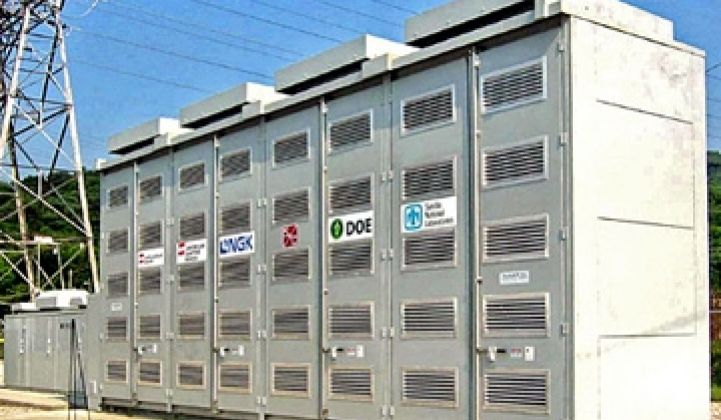The U.S. government is giving $620 million to 32 projects to demonstrate technologies for storing energy, managing electricity distribution and monitoring energy consumption.
The Tuesday announcement, made by Energy Secretary Steve Chu in Columbus, Ohio, is the latest wave of public funding for smart grid technologies (see list of winners). AEP Ohio is one of the winners, and the utility plans to use the $75 million from the DOE for projects involving electric cars, home energy management, smart meters and energy storage technologies.
Last month, the DOE announced 100 recipients for $3.4 billion worth of grants (see list of winners).
For the latest round of funding, the DOE expects the companies receiving the $620 million to fork over $1 billion of private money to run the demonstration projects.
So-called "smart grid" technologies refer to a wide range of hardware and software that aims to help everyone from utilities to consumers monitor and manage energy supply and use. These technologies are supposed to curb wasteful energy usage and save money.
The DOE divided the $620 million into two categories of recipients.
The first group is made up of 16 projects that will get $435 million to show, for example, how sensors and software could help grid operators to control electricity distribution and avoid outages. Some of the money will be used to demonstrate how consumers could monitor their own energy use and take measures to reduce consumption.
The 16 projects are set to take place in 21 states.
The second group of recipients will get $185 million to gauge the feasibility of energy storage technologies that could help utilities manage their electricity supply and demand throughout the day.
These 16 energy storage projects will include a host of technologies, including batteries, flywheels and compressed air systems.
The San Francisco-based Pacific Gas and Electric Co. will receive $25 million for its project to build a 300-megawatt compressed air storage system in California's Kern County (see PG&E Wants DOE Dollars for Underground Storage).
The utility currently uses pump hydro to store energy, and is deploying 4 megawatts of sodium sulfur batteries in San Jose (see Energy Storage: What Is the Cheapest Solution?)
Utilities have been big winners for smart grid funding, and their projects will support the slew of startups and long-standing players in communication software and equipment sectors.



